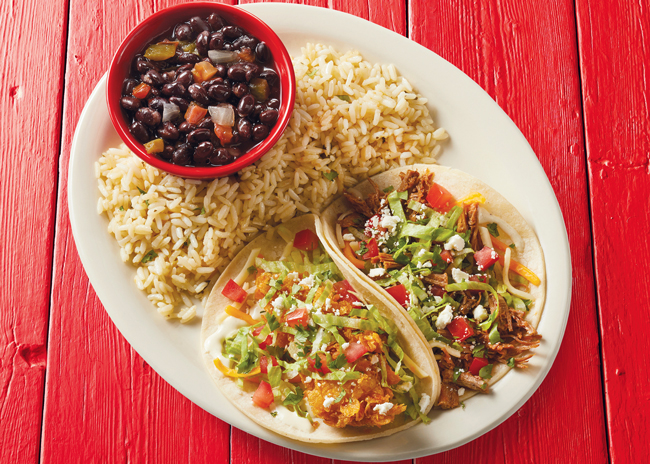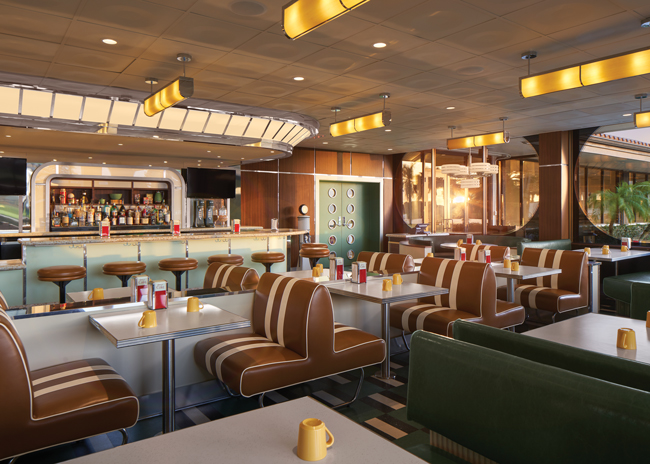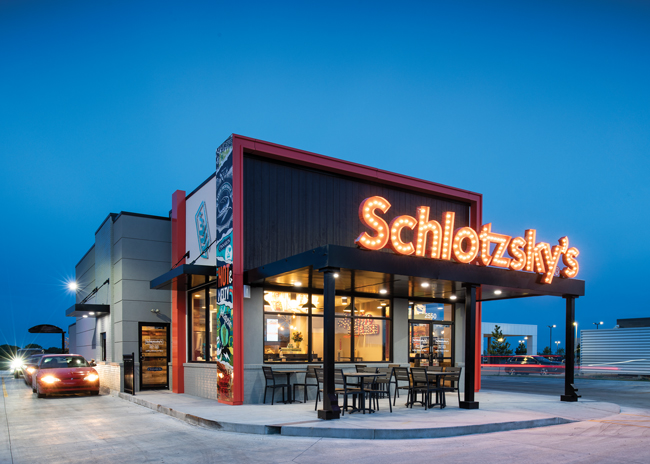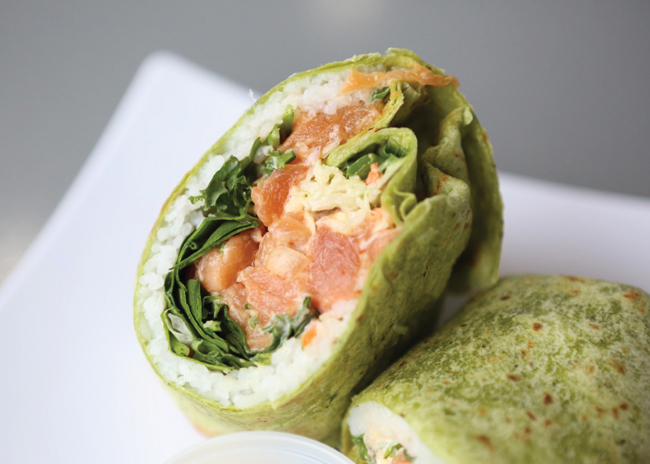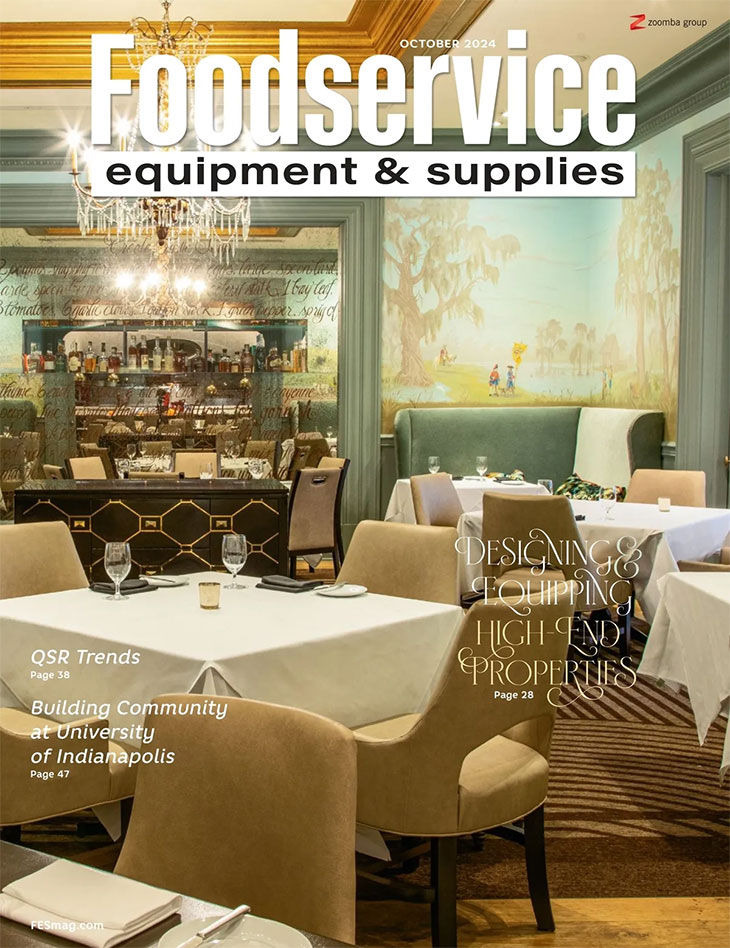The first of this two-part series examines customer-facing technology, including dine-in, online and takeaway experiences; changes in the drive-thru; and what’s happening with delivery.
Industry trends and issues as seen through the eyes of those who specify kitchen equipment
Forward momentum on the school foodservice agenda continues to play out.
Packaging considerations gain more headspace today as off-premises solutions dominate discussions.
Amidst all the changes that have buffeted foodservice in the past five years, operators have had to rethink their equipment from both an acquisition and usage standpoint. Here, four foodservice industry veterans weigh in on the state of equipment today.
The popularity of hot and spicy food remains on the upswing.
Is it Tuesday? If so, you may be headed to your local restaurant or on-site foodservice facility to order up the Taco Tuesday special. So ubiquitous and beloved have tacos become in the United States, thanks in part to mainstream chain restaurants and in part to the fact that we share a border with Mexico, that they have their own day of the week.
Golf and country club foodservice now caters to a wider demographic.
The foodservice industry continues to grapple with myriad issues, all of which impact design, equipment specification and more. Here several consultants from Minnesota-based Rippe Associates share their perspectives on a few of these issues.
Take a closer look at five noteworthy trends that will affect the industry in 2023 and discuss potential design and equipment-related solutions.
Hyperlocal food has become a key trend in the foodservice industry.
Correct placement and proper organization represent critical success factors for these spaces.
The emergence of new concepts and expansion of others keep this Hawaiian fare prominent.
Operator error can lead to expensive service calls. Service agents share the mistakes they see and how to avoid them.
As temperatures change, operator behavior and equipment performance can change with it.







